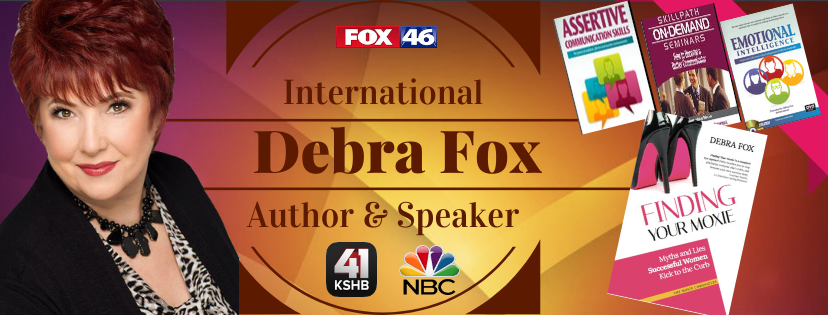February 24, 2013 @ 10:00 AM
 |
SUNDAY LINEUP --- AUTHOR: Marie Davis, IDG Trainer/Speaker |
Over the last two weeks, we’ve looked at the first three journalism questions. Today, we’re going to look at the “where” and “how” aspects.
Where?
- Where does the reader do his work?
Is the reader sitting at a desk, working at a machine, standing on a shop floor, walking around the office or out on the road? - Where are they located in the hierarchy of the company?
People in the higher echelons of the company may not want all the detail a person at a lower level might want. They tend to be “big picture” people. - Does the reader have go to a manager for approval to do what you want/need?
If they need their boss’s approval, write to provide them enough information to persuade the boss. This is a good place to show ROI, cost savings, etc. - Where else in the company will this document go?
This question is huge in this era of emailing everything. Once you click “Send” you lose all control over where your document goes and who sees it. So, remember when you’re writing to ask yourself where else it could end up.
How?
The “How” and “Why” questions focus on strategy.
- How interested is the reader in this message?
It’s my job, as the writer, to ensure the reader wants to read the message. - Will the reader feel happy or unhappy as a result of reading the message?
Am I giving good news or bad news? And how you phrase it makes all the difference, as illustrated in an earlier article. - Will the reader’s job be affected?
- How does my reader learn?
There are three major methods of learning – visual (seeing), auditory (hearing), and kinesthetic (doing). We all learn all three ways, and each of us has a primary, secondary, and tertiary learning style. To determine a person’s primary style, listen to how they speak. Do they use visual words (Do you see what I’m saying?), auditory words (How does that sound to you?) or kinesthetic words (How do you feel about that?). Their word use will give you the clue to their primary style. - How does my reader think?
Are they creative thinkers (jumping from thought to thought) or linear thinkers (one thought leads to the next, which leads to the next, etc.). - How does my reader feel?
This can be tricky, because unless the person directly tells us, we can’t be truly sure how they feel.
Next week…the WHY question.

